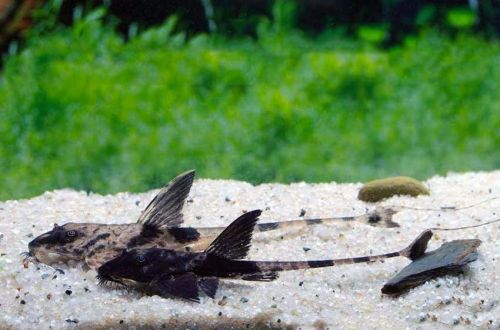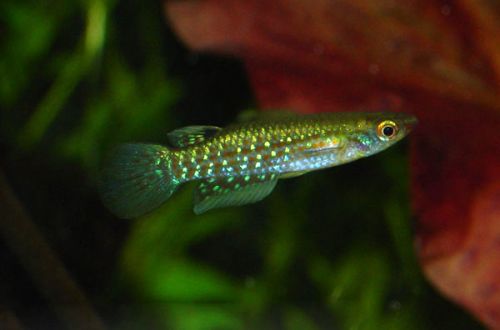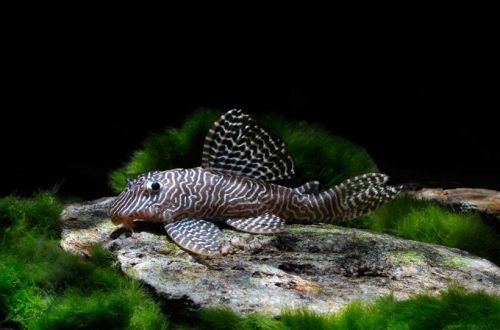
Royal Loricaria
Loricaria similima or Royal Loricaria, scientific name Loricaria simillima, belongs to the family Loricariidae (Mail catfish). The fish is native to South America. In nature, it inhabits the vast expanses of the Amazon, Orinoco and La Plata river basins in Venezuela, Ecuador, Peru, Brazil, Paraguay and Argentina.

Such a wide geographical distribution has led to the emergence of many subspecies, some of which, in the course of further research, may turn out to be independent species.
Description
The maximum recorded size of an adult reached just over 26 cm. However, in most cases, the catfish grows up to 18 cm. The fish has a strong, stocky body with a long, elongated and thin caudal peduncle. The fins are large triangular.
Body coloration and pattern are variable and determined by region of origin and habitat. It was noted that darker specimens were collected from reservoirs with stagnant turbid water, and light-colored fish were collected from fast rivers with clear water and sandy substrates.
Behavior and Compatibility
Peaceful, if not timid catfish, which is not able to compete with other species for territory and food. Good neighbors will be small fish that live in the water column or near the surface. As bottom species, it is worth considering such catfish as Corydoras.
Brief information:
- The volume of the aquarium – from 70 liters.
- Temperature – 24-28°C
- Value pH — 5.6–7.8
- Water hardness – up to 20 dGH
- Substrate type – sandy
- Lighting – subdued
- Brackish water – no
- Water movement – moderate / strong
- The size of the fish is up to 18 cm.
- Food – any sinking food
- Temperament – peaceful
- Content alone, in pairs or in a group
Maintenance and care, arrangement of the aquarium
Considering that Loricaria similima is not the most mobile species, the optimal size of an aquarium for two catfish can start from 70–80 liters. The choice of design is arbitrary, subject to the availability of several places for shelters. It is believed that this species prefers a soft sandy substrate, on which several natural snags, stones, boulders and other natural or artificial decoration elements are placed.
With long-term maintenance, it is important to ensure a stable hydrochemical composition of water. The pH and dGH parameters are in a fairly wide range of values, so the fish is able to live in various conditions, adapting to the needs of other neighboring species.
Food
Omnivorous species. In the home aquarium, it will accept most popular foods in the form of flakes, granules, tablets, as well as live or fresh, frozen foods (bloodworm, daphnia, brine shrimp, etc.).





